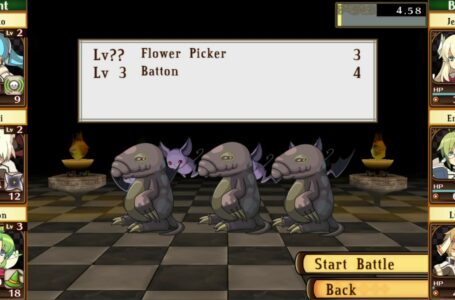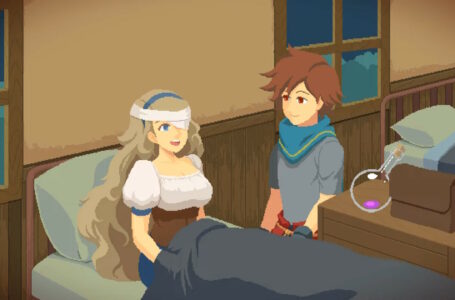7 Years From Now and the power of minimalist storytelling
Regardless of medium, it’s a truly wonderful thing when you experience a narrative so compelling that you don’t want to — or can’t — put it aside until you’re completely done with it.
7 Years From Now is a narrative-based game from Japanese independent developer Fumi of Hiraya-Space. Originally released as a mobile phone game but subsequently brought to PC and consoles and published by PQube, it’s the latest in a long line of narrative games I’ve enjoyed over the years that I started playing and found myself pretty much unable to stop until I’d seen its conclusion. I was that invested in what was going on.
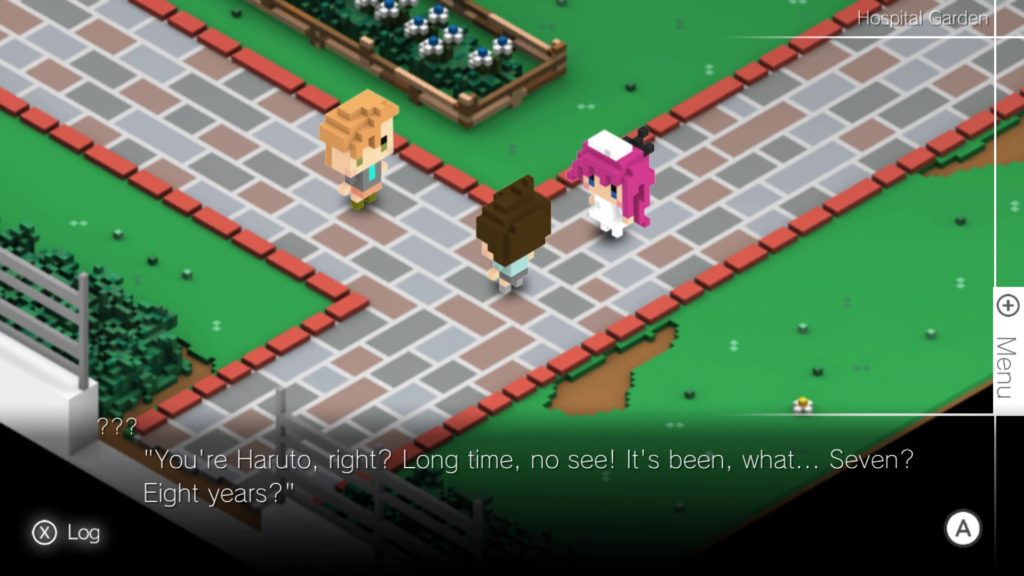
Before we continue, I should probably preface the rest of this by saying that when I say 7 Years From Now is a narrative game, I mean it — and as such you should set your expectations accordingly before jumping in.
While you do have a certain amount of interaction with the game world, an ability to move from location to location and the opportunity to speak with non-critical NPCs, the main narrative is strictly linear and offers no choices along the way. It is, in essence, a visual novel; go into the experience expecting this rather than a gameplay-centric adventure and you’ll have a thoroughly lovely time.
Right, with that out of the way, let’s talk specifics — though obviously with this being a story-centric game, we’ll do our best to keep major spoilers to an absolute minimum!
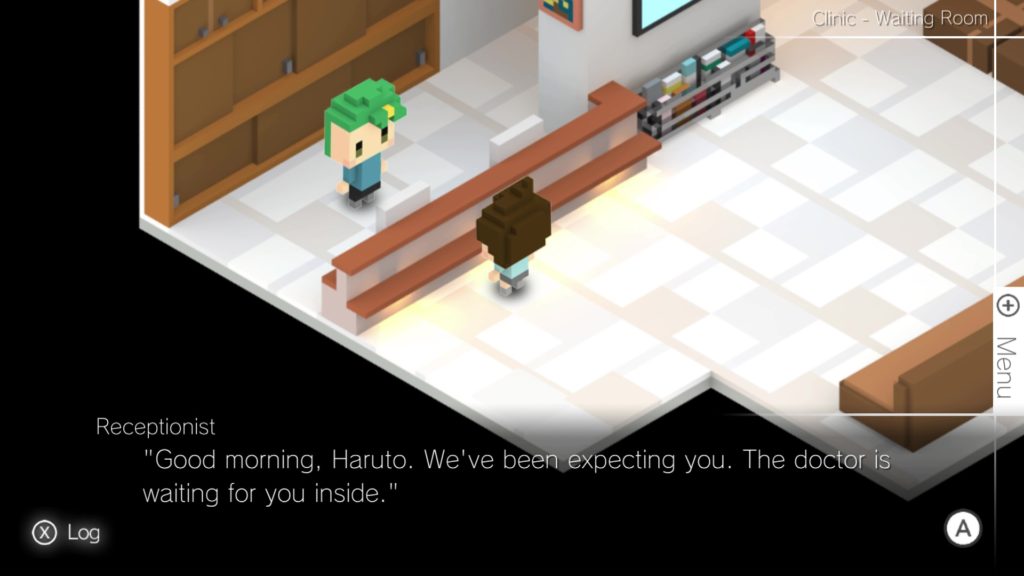
In 7 Years From Now, you take on the role of Haruto, a 17-year old boy who has returned to his hometown with his adoptive parents for his spring break from high school. Haruto is lacking in a lot of memories from his earlier life — particularly from before he was adopted at the age of 10 — but he has been troubled by a recurring dream in which he remembers making a promise with someone. He doesn’t remember who the promise was with, but he remembers that it was very important; he and the other person promised that they would meet up on the first of April, “seven years from now”.
The story follows Haruto’s attempts to uncover his missing memories with the help of local doctor Ichiki. He quickly determines that the local hospital had something to do with his past, and over the course of the game’s 40 chapters, gradually learns more about the people who used to be important to him as well as a number of truly shocking revelations about some of the things that had been going on at the hospital.
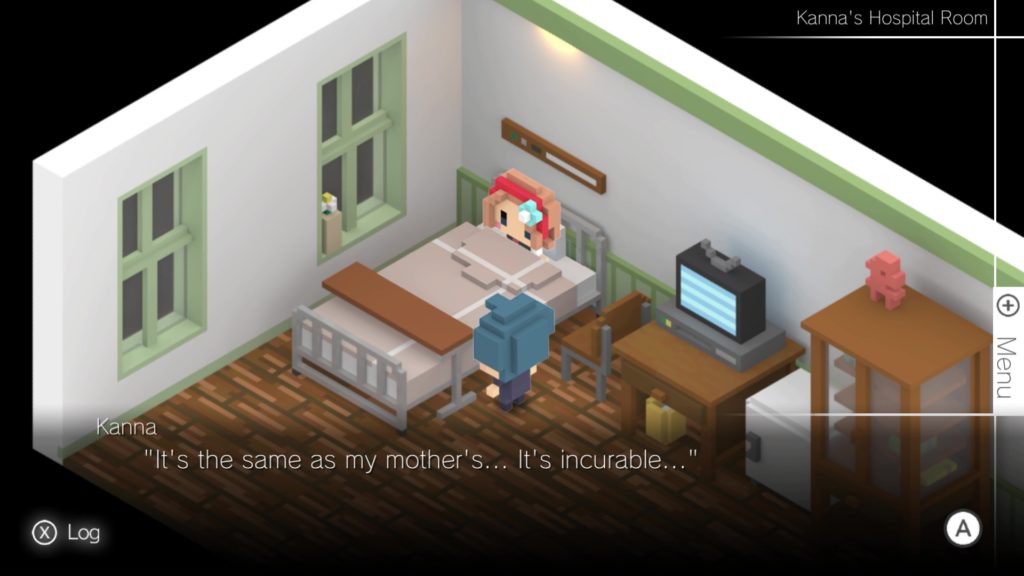
7 Years From Now isn’t a horror game per se, but it does deal with some fairly dark subject matter throughout. A central part of the story is the matter of people suffering with a mysterious and seemingly incurable disease known as LMD, and the hospital’s attempts to cover up the truth behind this condition. Haruto discovers that several members of his friendship group when he was being treated at the hospital seven years ago were dealing with this condition and that, apparently, several of them did not survive — including, it seems, the one with whom he once made his important promise.
To say too much more about how the plot unfolds would be to spoil the joy of experiencing 7 Years From Now’s narrative for yourself, but suffice to say the story as a whole deals with a variety of heavy, emotionally engaging themes including how we deal with grief and regret, differing attitudes towards impending, inevitable, sudden or unexpected tragedy, and what we might do given the opportunity to try things again.
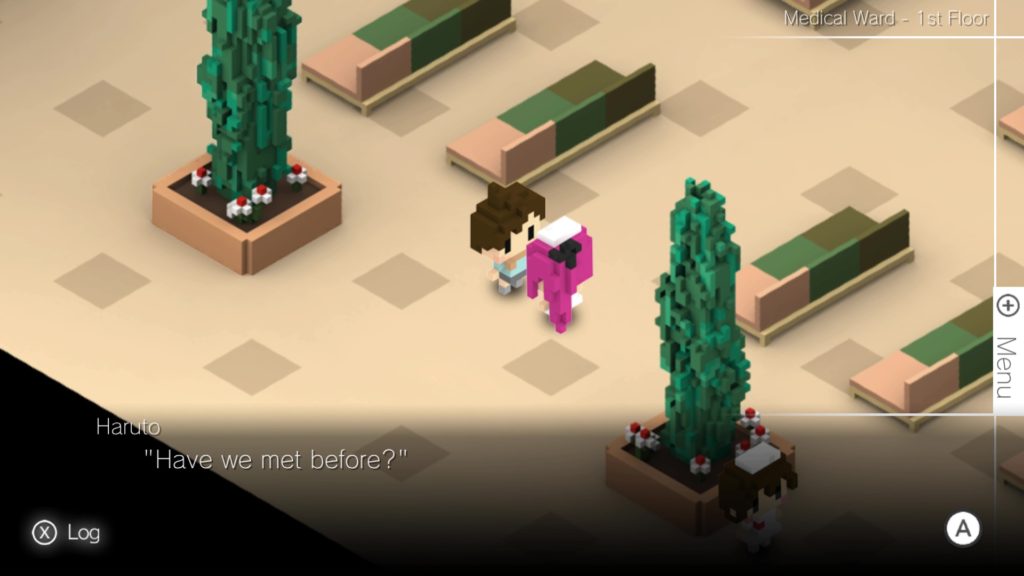
In the latter case, the story explores what the potential consequences of doing things differently might be. A central part of 7 Years From Now’s narrative involves Haruto repeating the same few days multiple times in the hopes that something different might happen, or that he might be able to make additional progress in his investigation by carrying over memories of his past “cycles”.
In this way, the game can be looked upon as something of a meta-commentary on multi-route narrative games, in which the player’s point of view ends up being different to the protagonist’s after a single playthrough has been completed. In your average visual novel, the protagonist doesn’t retain their memories of previous “routes” you’ve played through, but the player does; in 7 Years From Now, meanwhile, Haruto is effectively taking himself down different “routes” as the narrative progresses, then using his successes or failures from each attempt to inform his next course of action when it all goes round again.
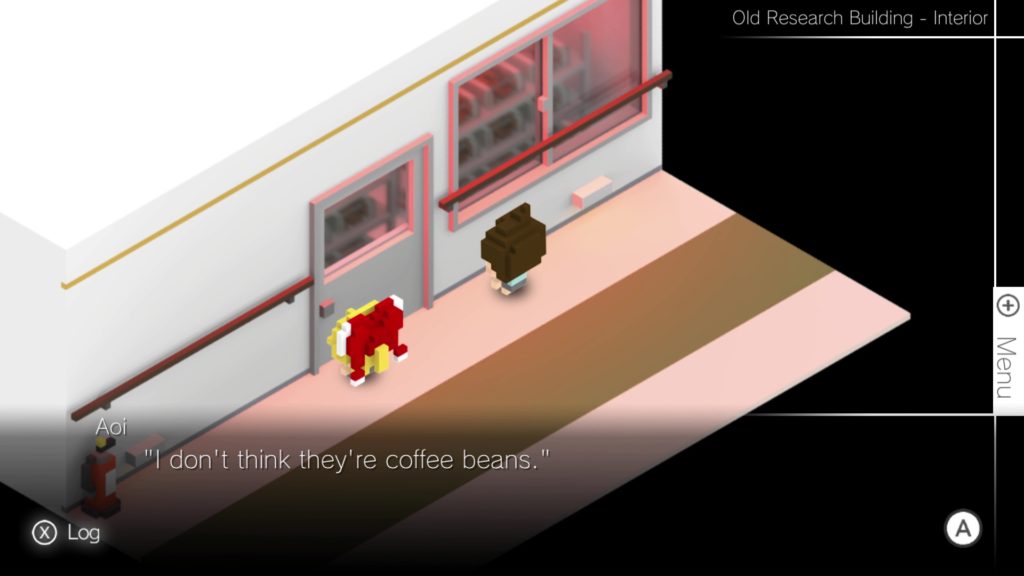
Interestingly, the cyclical nature of 7 Years From Now’s narrative means that the story often brings you tantalisingly close to that all-important April 1, the day of the promise — but it never actually reaches it, since something inevitably ends up happening that causes Haruto to have to try again. That “something” varies in severity — to quite an extreme degree in a couple of cases — with each cycle around the story, but the result is always the same: try, try, try again.
There’s obviously a deterministic aspect to all this that the game can be argued to explore from a number of perspectives. Haruto’s repeated attempts to get to the bottom of his situation can be looked upon as various attempts to exercise his free will in order to defy his fate (and, on occasion, the fates of others) — but at the same time we, the player, are dragged along with him rather than being able to truly make decisions for ourselves; we don’t have free will as we watch what is going on.
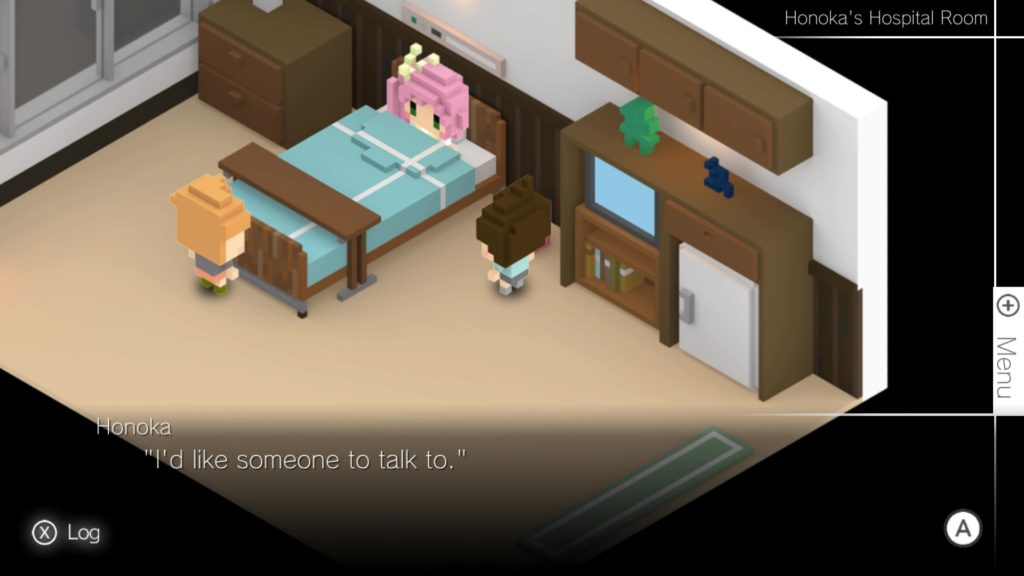
As 7 Years From Now’s narrative advances, it becomes increasingly clear that there are certain things which seemingly cannot be changed — or if they can be changed, there is usually a price of some sort to pay in order to do so. An important part of growing as a person — particularly in those all-important teenage years, which help to define the person you will become for the rest of your life — is coming to understand that sometimes you have to deal with sad things happening, and that sometimes there is nothing you can do about them.
Sometimes all you have to do is learn to process those things for yourself — and how to support those around you who have also been affected by them.
Interestingly, exactly how far this theme is explored is dependent on how deeply you choose to explore 7 Years From Now’s narrative for yourself. The main game’s 40 chapters have a conclusive ending, after which you could quite feasibly put the game down and feel like you’ve had a satisfying experience. But once the credits roll, you unlock a series of epilogue chapters and side stories, and the additional context and follow-up information that these provide provide a whole range of other things to think about.
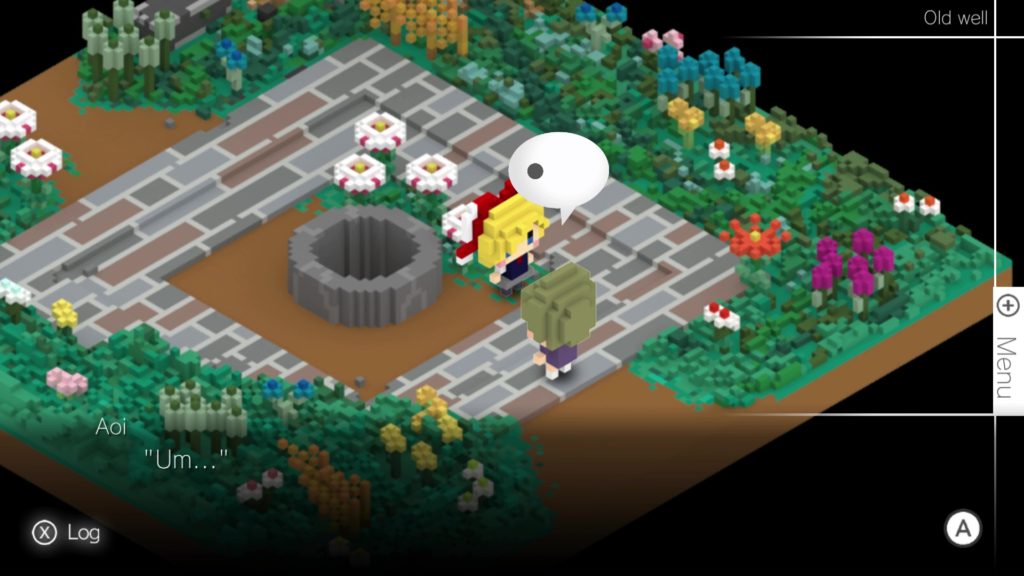
This is an interesting way to handle things, because it provides the opportunity to explore the background of a number of characters we only saw once or twice — or only for brief periods — in the main narrative. Some characters who were seemingly fairly inconsequential actually have much greater importance to the overall themes of the story than you might have initially thought; in other cases, your assumptions and preconceptions built up through seeing the main story almost exclusively through Haruto’s eyes are challenged when you discover more about the motivations of certain secondary characters.
This is clearly a narrative universe that has been assembled with great care and affection for its cast of characters, and the result is a game world that, while small in scope and not particularly “interactive”, feels extraordinarily well-realised and believable.
This is all the more remarkable considering the game’s deliberate choice to present itself in a semi-abstract, minimalist style. Both the characters and the game world are built from cubes presented from an isometric perspective, providing a distinctive “3D pixel art” look to the whole experience. The characters emote purely through simple animations such as moving around, jumping and symbolic speech bubbles such as those you might see in a traditional console-style RPG, and have no discernible facial expressions.
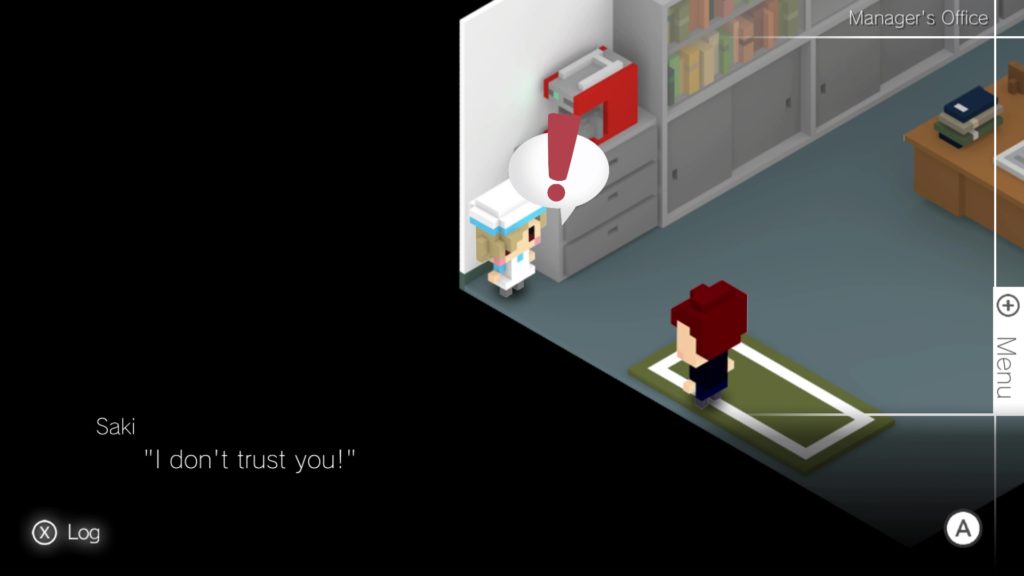
And yet you care about these people. You want to see them succeed; you want to see them happy, and you feel bad when things don’t go well for them. They’re so obviously not real when you look at them from a detached perspective, and yet while you’re immersed in the game and its narrative for yourself, you’ll find yourself caring so deeply for them that it’ll be hard to tear yourself away until you find out once and for all if they ever get the happy ending they all desire so passionately.
Part of this is down to the writing and localisation which, despite a couple of minor typos here and there, helps to define each character as their own distinctive personality with their own voice. None of the characters fall into traditional tropes — not that there’s anything wrong with tropes, of course, but a more gentle approach to characterisation such as that which we see here helps them to feel more like real people rather than exaggerated caricatures to latch on to.
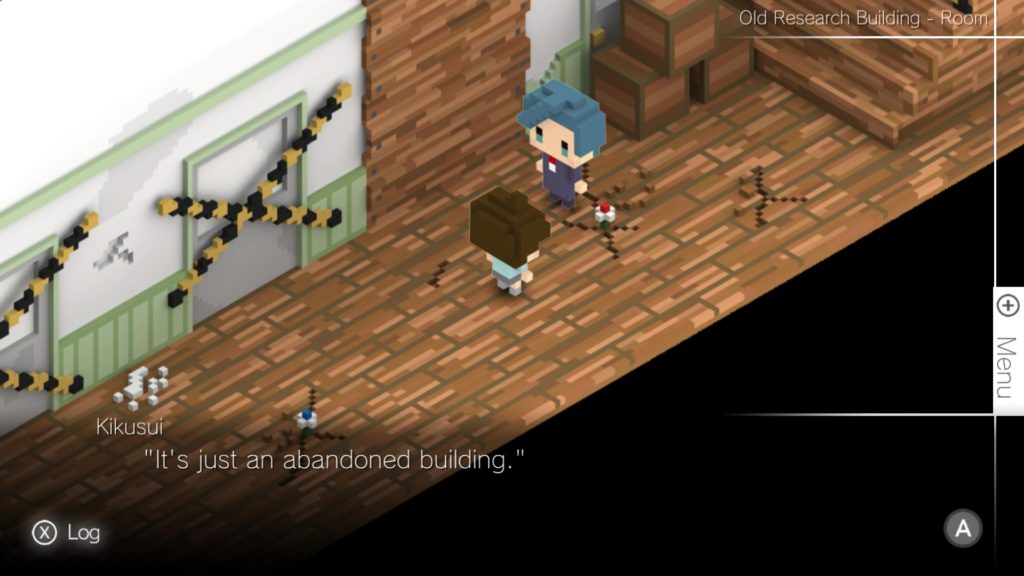
The other aspect of why this is all so emotionally engaging despite its minimalistic appearance is the music. While drawn almost exclusively from royalty-free libraries such as Kevin MacLeod’s Incompetech (a little too beloved of YouTubers the world over), Dova-Syndrome and ccmixter, the tracks are extraordinarily well-chosen to complement the scenes that unfold over the course of 7 Years From Now’s story — and have also been selected to provide a very consistent-feeling soundscape for the game as a whole.
The result is an experience that, while obviously developed on an absolutely shoestring budget if you stop to analyse things, feels consistent, coherent and, perhaps most importantly, developed with a clear artistic vision in mind.
7 Years From Now is a prime example of how you don’t need fancy graphics, huge philharmonic orchestras and high-profile voice talent to tell a compelling story. All you really need is good writing, compelling characters and a solid concept to explore. And if this wasn’t already abundantly clear by this point, the game very much delivers on that front.
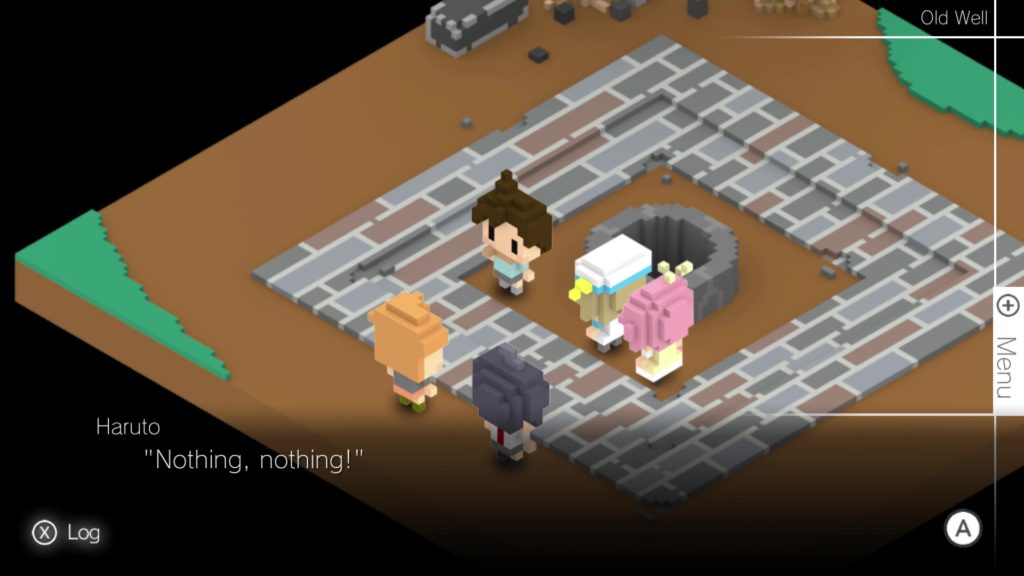
As a linear story with no meaningful choices for the player to make along the way, could it have been better delivered through another, more explicitly non-interactive medium? Perhaps there’s an argument to be made for that — but there’s something about the way 7 Years From Now’s abstract presentation and the light degree of player control combine to stoke the fires of the imagination and involve you in its unfolding tale that makes me feel this just wouldn’t quite be the same if it wasn’t a video game.
Regardless, if you’re into your story games, you’ll want to check 7 years From Now out for sure. And you can do just that on PC via Steam, or on Nintendo Switch.
Join The Discussion
Rice Digital Discord
Rice Digital Twitter
Rice Digital Facebook
Or write us a letter for the Rice Digital Friday Letters Page by clicking here!
Disclosure: Some links in this article may be affiliate links, which means we may earn a small commission if you make a purchase after clicking on them. This is at no additional cost to you and helps support Rice Digital!
- Letter from the Editor: passing the torch - June 30, 2023
- Super Woden GP 2 is looking promising - June 30, 2023
- Inti Creates is making a 32 bit-style Love Live action platformer - June 26, 2023




